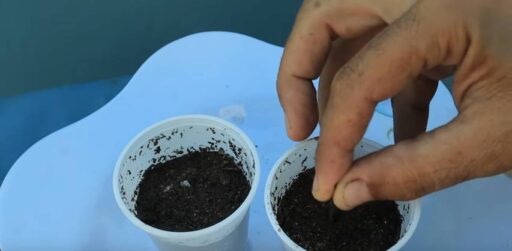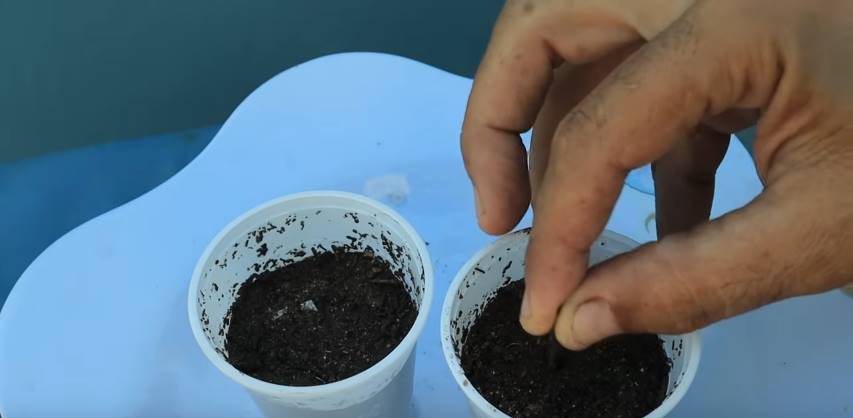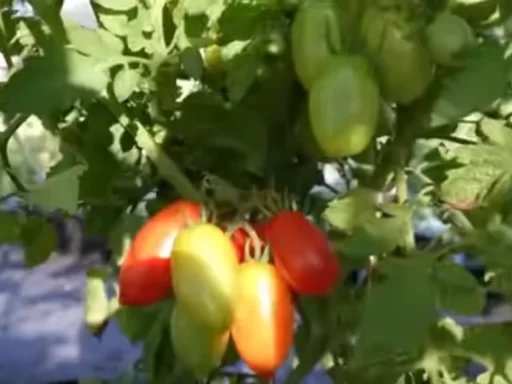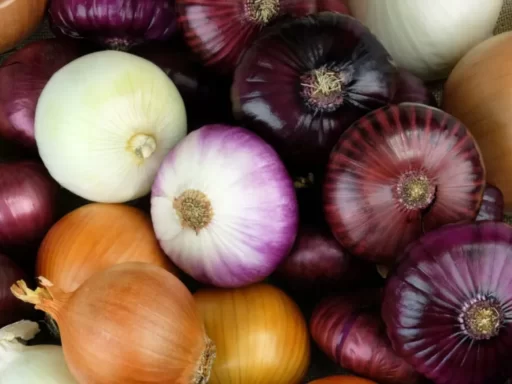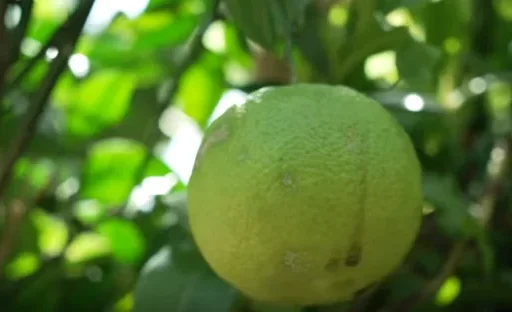Creating your own premium potting mix at home can be a cost-effective and rewarding way to take care of your plants. Commercial pre-made potting mixes can be expensive, but with a little effort and the right ingredients, you can create your own high-quality mix for a fraction of the cost. This guide will walk you through the process of making a general-purpose premium potting mix that’s ideal for most trees, vegetables, and other moisture-loving plants.
Why Make Your Own Potting Mix?
Potting soil is one of the most essential components for growing healthy plants. However, the cost of high-quality potting soil can quickly add up, especially if you have a large garden. Pre-made potting soils sold at big box stores often include fillers like bark and sticks, which can compromise their quality. By making your own potting mix, you not only save money but also control the quality of the mix, ensuring that your plants receive the right nutrients and moisture retention.
The Cost of Store-Bought Potting Mix
At major stores like Lowe’s or Home Depot, a 64-quart bag of Stay Green brand potting mix costs around $13.48. Miracle-Gro, another popular brand, costs even more, with a 50-quart bag selling for around $15. These prices might seem reasonable at first glance, but when you consider how much soil you need for large-scale gardening, the costs quickly add up.
The cheapest potting mix, often filled with poor-quality ingredients, can still cost you nearly $0.98 per bag. Even with bulk purchases, store-bought potting soil can be a significant expense.
Types of Potting Soil
Different types of potting soil serve different purposes. For general gardening, a mix that retains moisture while providing nutrients is ideal. However, specialized plants like cacti or citrus trees require fast-draining soil, which would include more sand or perlite to prevent water retention. Seed starting mixes, on the other hand, need to be lightweight, with high peat moss or coco coir content to facilitate root growth.
Potting Mix Recipe and Ingredients
For this recipe, we are going to create a general-purpose potting mix ideal for most plants. This mix retains moisture well, making it great for plants like tomatoes, cucumbers, watermelons, and fig trees. Here’s the simple formula you’ll need:
- Three parts peat moss or coco coir: This component is essential for moisture retention and provides a stable base for your mix.
- Three parts compost: Compost adds vital organic matter and nutrients that help plants thrive.
- One part perlite: Perlite enhances drainage, preventing the soil from becoming too waterlogged.
Breaking Down the Costs of Homemade Potting Mix
To compare the cost of making your potting mix with store-bought options, let’s break down the expenses:
- Peat moss: A bale of peat moss typically costs around $13.98 and provides several cubic feet of material.
- Compost: Locally sourced compost is very affordable, often costing as little as $2.78 per cubic foot.
- Perlite: This may be the most expensive component, with two cubic-foot bags of perlite costing around $17.97.
Using this recipe, you can make about 14 cubic feet of premium potting mix for a total cost of $62.26. This results in a cost per cubic foot of around $4.47, which is significantly cheaper than even the lowest-quality store-bought mix.
The Savings and Quality of Homemade Mix
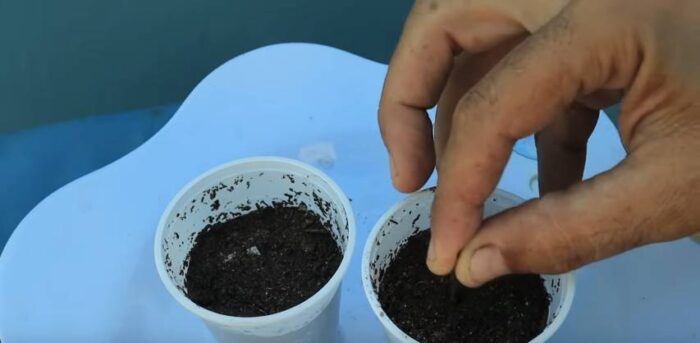
By making your own potting mix, you save up to 43% compared to the most expensive store-bought brands. Not only is this homemade mix cheaper, but it also offers much higher quality. While cheaper store-bought mixes often contain bark and large chunks that don’t break down well, this homemade version is rich in organic matter, with no large, unwanted pieces.
Step-by-Step Guide: How to Make the Potting Mix
- Hydrate the Peat Moss or Coco Coir: Begin by slightly moistening the peat moss. This makes it easier to work with and helps prevent dust from flying everywhere. If using coco coir, make sure it is fully hydrated before use, as it comes in dry bricks.
- Layer the Perlite: Add the perlite to the mix by placing it between the layers of peat moss and compost. This ensures even distribution and makes it easier to mix everything together.
- Add the Compost: Make sure the compost is fully composted before adding it. Proper compost should be odorless and have a fine, crumbly texture. If the compost smells bad, it is not fully decomposed and should not be used yet.
- Mix Everything Together: Once all ingredients are in place, use a large container (an old kiddie pool works great) to mix everything together thoroughly. Wearing gloves and protective eyewear is a good idea, as the process can get messy and dusty.
- Optional Additives: Once the base mix is complete, you can customize it by adding organic fertilizers, bone meal, or lime, depending on the specific needs of your plants.
Why This Potting Mix is Better
The homemade mix we’ve created is a high-quality, nutrient-rich product that will outperform many store-bought potting soils. It provides excellent moisture retention without becoming waterlogged, and it is free of large debris like bark, which often appears in cheaper potting mixes. Additionally, the perlite ensures proper aeration and drainage, making it suitable for a wide variety of plants.
This mix is perfect for fruit trees, vegetables, and other moisture-loving plants. However, it is not suitable for seed-starting or for plants that require fast-draining soil, like succulents or citrus trees. For those types of plants, you’ll need to adjust the recipe to include more sand or perlite and less compost.
7 Frequently Asked Questions About Potting Mix
- Can I use this potting mix for all types of plants? No, this mix is ideal for general gardening but not suitable for seed-starting or plants that require fast drainage, like succulents.
- Can I substitute perlite with something else? Yes, you can substitute perlite with sand or vermiculite, depending on your plants’ needs.
- How long can I store homemade potting mix? As long as the mix is kept dry and properly stored, it can last for several months.
- Is compost necessary for the potting mix? Compost is essential for providing nutrients, but you can also use other organic matter if compost is unavailable.
- Can I add fertilizers to this potting mix? Yes, you can customize the mix by adding organic fertilizers, but it’s recommended to do this when planting.
- Is peat moss better than coco coir? Both peat moss and coco coir have their benefits. Peat moss retains moisture better, but coco coir is more sustainable.
- What is the best way to store homemade potting mix? Store it in a dry, covered container to protect it from moisture and contamination.

